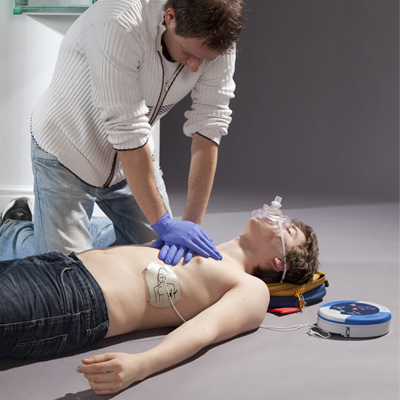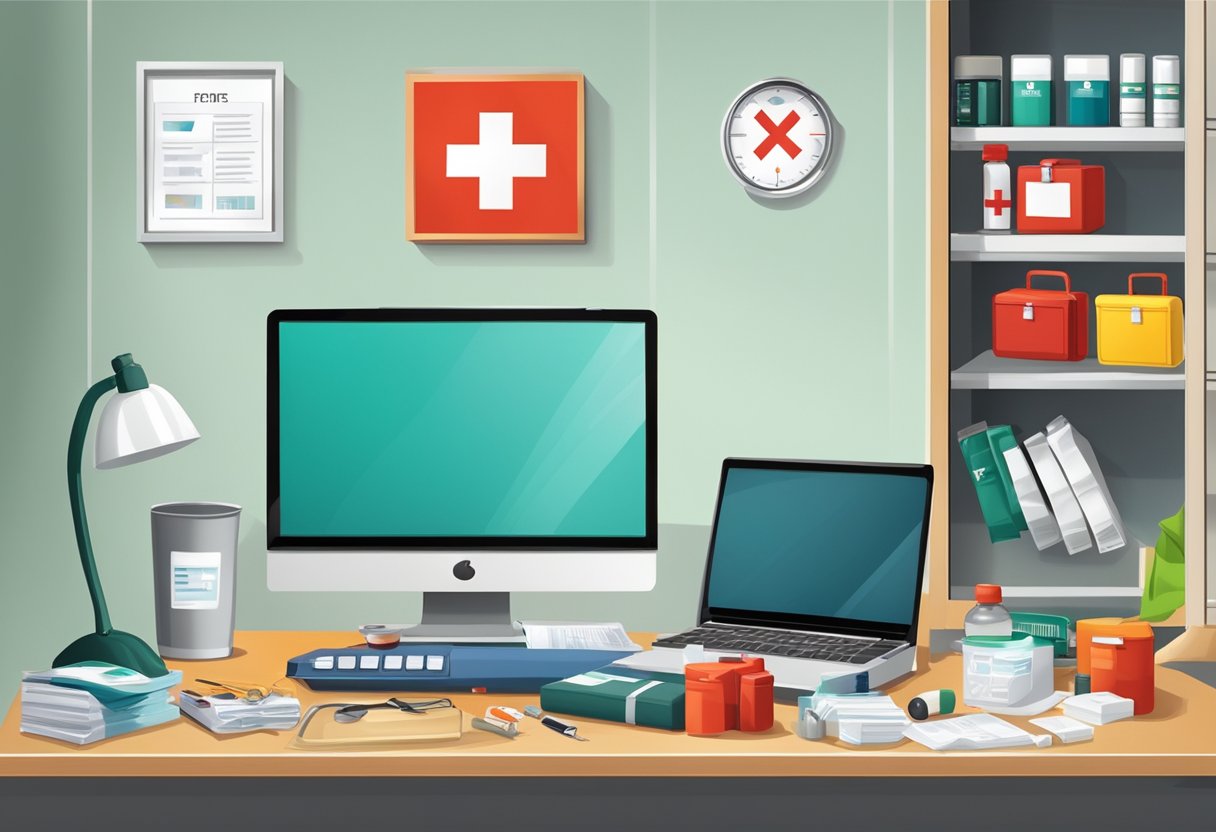
- /
- /
October marks National Safe Work Month in Australia, and while it might not be as exciting as footy finals or long weekends, keeping your workplace safe is something worth celebrating—preferably without any trips to the emergency department.
This year’s focus reminds us that workplace safety isn’t just about hard hats and hi-vis vests. It’s about creating an environment where everyone goes home healthy at the end of the day. Let’s talk about three essential elements every Australian workplace needs: proper hygiene, comprehensive first aid supplies, and life-saving defibrillators.
Safe Work Month Hygiene: More Than Just Soap and Water
When we think about workplace hazards, hygiene might not seem like a workplace hazard, but it can be. Poor hygiene practices spread illness fast, so keeping shared spaces clean is key to protecting your team. From shared kitchens to bathroom facilities, maintaining high hygiene standards protects your entire team from preventable illnesses and infections.
A robust hygiene safety campaign should include readily accessible hand sanitiser stations, well-stocked bathrooms with quality soap and paper towels, and regular cleaning schedules for high-touch surfaces. It’s not rocket science, but you’d be surprised how many workplaces overlook these basics. Consider implementing hygiene stations at key entry points and throughout your workspace, think of them as the workplace equivalent of slipping, slopping, and slapping.
Don’t forget about proper waste management, especially in workplaces handling food or medical supplies. Clearly labelled bins, regular collection schedules, and appropriate disposal methods for hazardous materials all contribute to a safer, healthier workplace.
First Aid: Be Prepared Before You Need It
Every Australian workplace is legally required to maintain appropriate first aid equipment and trained personnel. But let’s be honest, having a dusty first aid kit from 1998 tucked in a cupboard doesn’t quite cut the mustard.
Your first aid supplies should be regularly audited and restocked, easily accessible, and appropriate for your workplace’s specific risks. For instance, a food preparation environment has different needs compared to a general workplace. At the very least, make sure you’ve got bandages, antiseptic, pain relief, eye wash, burn treatments, and essentials for cuts and abrasion
Equally important is having trained first aid officers on site. These workplace heroes need up-to-date training and should be easily identifiable. Post their names and photos in common areas, so everyone knows who to call when Barry from accounts decides to test whether the new letter opener is sharp enough to open a cardboard box.
AEDs in the Workplace: A Device That Could Save a Life
Here’s a sobering fact: around 25,000 Australians suffer cardiac arrests outside hospitals each year. In the workplace, having an Automated External Defibrillator (AED) on hand can be the difference between life and death. Designed for anyone to use, even without medical training, AEDs provide clear, step-by-step voice instructions to guide you through the process.
Installing an AED demonstrates your commitment to employee wellbeing, not just compliance. Place them in visible, easily accessible areas, ensure they’re well signposted, and include AED awareness training in your safety program. Regular maintenance checks are essential to ensure your device is ready when every second counts.
Taking Action This Safe Work Month
National Safe Work Month is the perfect opportunity to audit your workplace safety measures. Review your hygiene protocols, inspect your first aid supplies, and consider whether an AED belongs in your workplace. These aren’t just compliance requirements, they’re investments in the most valuable resource any business has: its people.
Don’t wait until something goes wrong to take action. A safe workplace is a productive workplace, and every Australian worker deserves to feel protected on the job. Find out which managed hygiene and safety compliance services can complete your workplace campaign.






